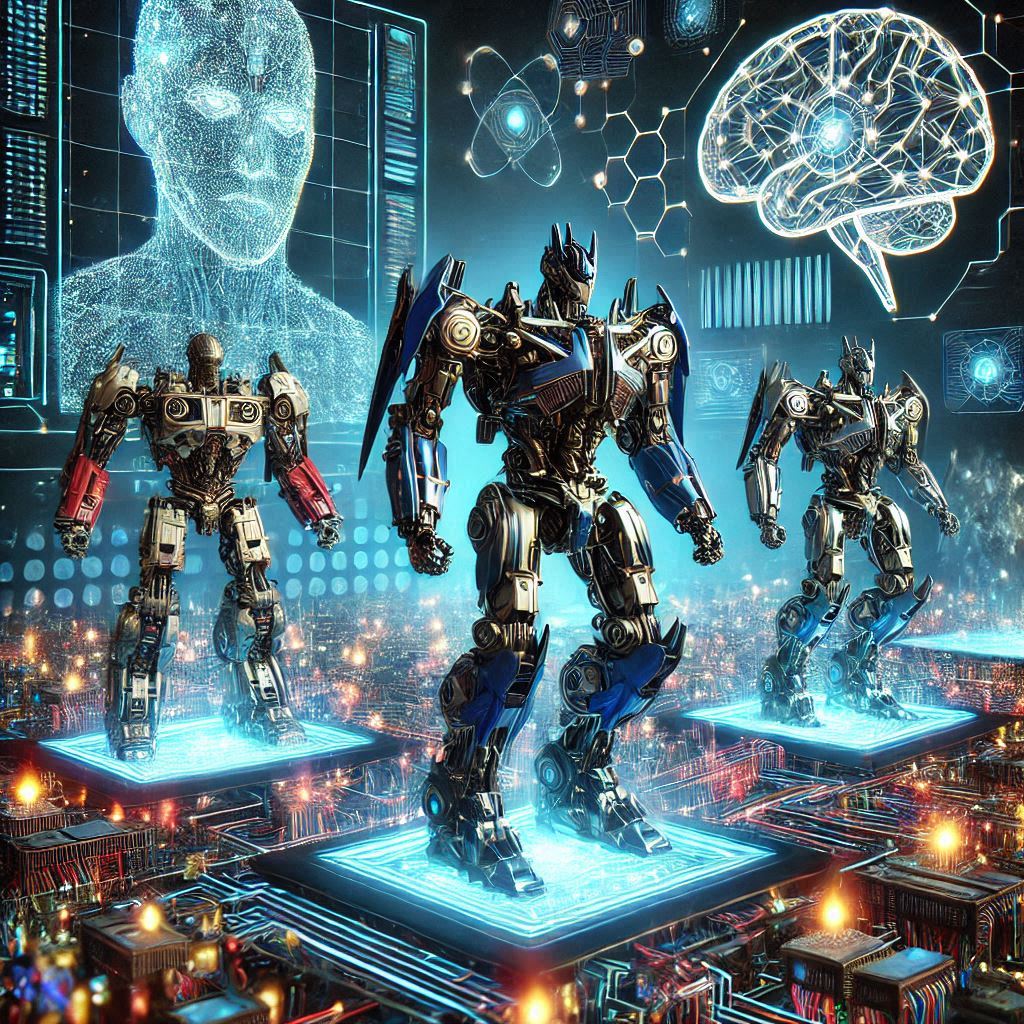Machine Learning (ML) is transforming industries worldwide, enabling businesses to analyze data, make decisions, and predict future outcomes. If you’ve ever wondered whether you could build ML models yourself, the answer is yes! In this beginner’s crash course, we’ll introduce you to the foundational concepts of classification, one of the most common types of machine learning models. You don’t need a Ph.D. in data science to get started; all it takes is curiosity and a willingness to learn.

What Are Machine Learning Models?
A machine learning model is a mathematical representation of a real-world process. The goal is to train these models to “learn” from data and make predictions. Classification models, a subset of supervised learning, are used to assign labels to new, unseen data based on patterns learned from previous examples.
For instance, a spam email filter is a classic example of a classification model. It is trained on a dataset of emails, some marked as “spam” and others as “not spam.” Over time, the model learns the characteristics of each type of email and can predict whether future emails belong in the inbox or the spam folder.
The Basics of Classification
Classification is the process of assigning data points into specific categories or classes. These models are used in various domains, from diagnosing medical conditions to recognizing objects in images and even recommending products on e-commerce websites.
In classification, you deal with labeled data, where each data point has a known class or label. The model is trained to recognize the features of each class and to predict the class of new, unlabeled data points. For beginners, binary classification (which deals with two classes, such as spam/not spam) is an excellent starting point. Multi-class classification handles more than two classes (e.g., classifying types of animals).
Steps to Build a Simple Classification Model
Building a classification model doesn’t have to be complex. With the right approach and tools, even beginners can create their first model. Below is a detailed step-by-step guide, complete with examples to make the process clearer.
1. Collect and Prepare Your Data
Your model’s effectiveness depends on the quality of the data it learns from. Therefore, it’s essential to start with a well-structured dataset that includes relevant examples of each class. Let’s consider a scenario where you want to classify flowers based on their species.
Example: Suppose you’re building a model to classify flowers into three categories: Iris Setosa, Iris Versicolor, and Iris Virginica. The dataset you use should include several features (like petal length, petal width, sepal length, and sepal width) for each flower, along with labels that indicate their species.
Data preparation involves:
- Cleaning the data: removing duplicates, handling missing values, and ensuring consistency.
- Normalizing or standardizing the data: especially important if features have different scales (e.g., one feature is in centimeters, and another is in millimeters).
- Splitting the data: divide it into two sets, typically 80% for training the model and 20% for testing its performance.
Example tools: You can use libraries like Pandas for data manipulation and NumPy for numerical operations.
2. Choose a Model
Once the data is ready, the next step is selecting a machine learning algorithm to create your classification model. For beginners, simpler algorithms such as Logistic Regression or Decision Trees are highly recommended.
- Logistic Regression: Despite its name, this algorithm is commonly used for binary classification (yes/no, spam/not spam). It models the probability that a given input belongs to a particular class.Example: If you’re trying to classify emails as spam or not spam, logistic regression works well for predicting binary outcomes.
- Decision Trees: This model works by creating a tree-like structure, splitting the dataset based on certain features that lead to the desired output. It is intuitive and easy to visualize.Example: For the flower classification task, a decision tree might ask, “Is petal length greater than 2 cm?” and “Is sepal width less than 3 cm?” These splits help the tree classify each flower based on its attributes.
Tools: Libraries like Scikit-learn provide easy-to-implement models, including logistic regression and decision trees.
3. Train the Model
Now that you have your model, it’s time to train it using your dataset. During training, the model is fed both the features (e.g., petal length, petal width) and the labels (e.g., species type). The model then learns patterns in the data that link features to labels.
In supervised learning, which classification falls under, the model “learns” from examples where the correct output (label) is provided.
Example: For the flower dataset, you’ll input features like the petal and sepal measurements, and the model will attempt to learn which measurements correspond to each flower species.
Tools: Use Scikit-learn’s fit() method to train models.
pythonCopy codefrom sklearn.model_selection import train_test_split
from sklearn.tree import DecisionTreeClassifier
# Split the data into training and testing sets
X_train, X_test, y_train, y_test = train_test_split(features, labels, test_size=0.2, random_state=42)
# Initialize and train a decision tree model
model = DecisionTreeClassifier()
model.fit(X_train, y_train)
4. Test the Model
After training, it’s crucial to test the model to see how well it performs on new, unseen data. This ensures that your model isn’t just memorizing the training data but is generalizing to make accurate predictions on new inputs.
Use the test dataset that you set aside earlier to evaluate the model’s predictions.
Example: For the flower classification, you’ll give the model new flower measurements (ones it hasn’t seen before) and check whether it correctly classifies the species.
Tools: In Scikit-learn, you can use the predict() method to test the model on the unseen data.
pythonCopy code# Test the model
predictions = model.predict(X_test)
5. Evaluate and Tune
After testing, it’s time to evaluate how well your model is performing. You can measure the model’s accuracy and use metrics like precision, recall, and the F1-score to get a fuller picture.
- Accuracy: Measures how often the model gets the classification correct.
- Precision: Of all the predictions the model made for a specific class, how many were correct.
- Recall: Of all the actual instances of a specific class, how many did the model correctly identify.
- F1-Score: A balance between precision and recall.
Example: After testing your flower classification model, you might find it has an accuracy of 90%. If that’s not satisfactory, you can tweak the model by adjusting hyperparameters (such as the depth of a decision tree) or by using a more advanced model like Random Forests or Support Vector Machines (SVM).
Tools: Use classification_report() from Scikit-learn to get these evaluation metrics.
pythonCopy codefrom sklearn.metrics import classification_report
print(classification_report(y_test, predictions))
If the results aren’t satisfactory, you can experiment with different models, add more features to the dataset, or apply cross-validation techniques to improve performance.
By following these steps, you can build your first classification model and gradually improve it as you become more familiar with the nuances of machine learning. From predicting whether an email is spam to classifying flowers, the applications are endless once you understand the basics!
Why You Should Learn Classification
Classification models are the backbone of many AI applications we use daily. Learning how to build one gives you the power to create systems that can make intelligent decisions on their own. Whether you’re interested in healthcare, finance, or even entertainment, understanding classification can open doors to numerous opportunities in machine learning.
Conclusion
If you’ve always been intrigued by the world of machine learning, now is the perfect time to dive in. With basic programming knowledge and access to open-source tools like Python and its libraries (e.g., Scikit-learn), you can build your first classification model today. Once you’ve mastered the basics, the possibilities are endless—so why not start now?


